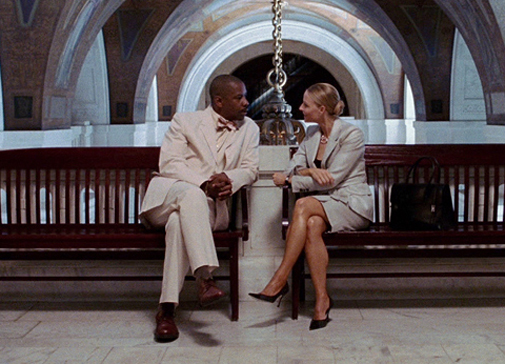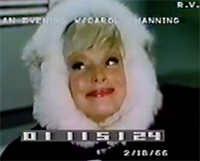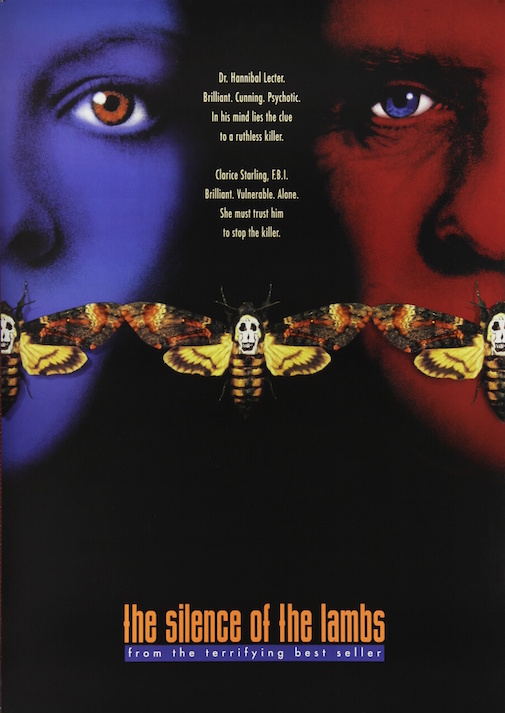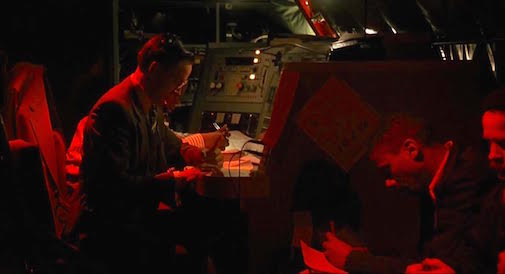Dancin' Dan continues our classic Sundance celebration with a tenth anniversary of a film that should really have a bigger fan base.
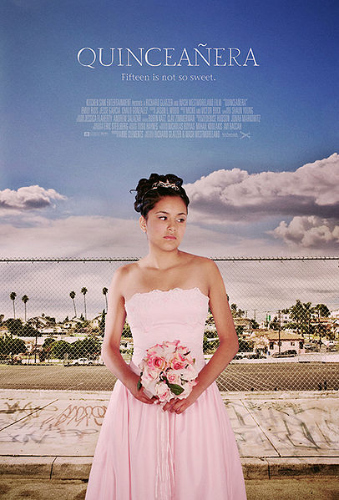 Richard Glatzer and Wash Westmoreland's Quinceañera is one of those films that is inextricable from the story of how it was made: The two moved to the Echo Park area of Los Angeles, a primarily working-class Latino neighborhood that was rapidly gentrifying. After being invited to their neighbor's fifteenth birthday party - a Latin American right of passage known as a quinceañera - they were amazed by the elaborate ceremony and thought it would make a great setting for a film. Later, when thinking about making a drama partially based on their experience as a white gay couple in a gentrifying neighborhood, the idea resurfaced. And the rest, as they say, is history: Quinceañera won both the Grand Jury Prize and the Audience Award for dramatic feature.
Richard Glatzer and Wash Westmoreland's Quinceañera is one of those films that is inextricable from the story of how it was made: The two moved to the Echo Park area of Los Angeles, a primarily working-class Latino neighborhood that was rapidly gentrifying. After being invited to their neighbor's fifteenth birthday party - a Latin American right of passage known as a quinceañera - they were amazed by the elaborate ceremony and thought it would make a great setting for a film. Later, when thinking about making a drama partially based on their experience as a white gay couple in a gentrifying neighborhood, the idea resurfaced. And the rest, as they say, is history: Quinceañera won both the Grand Jury Prize and the Audience Award for dramatic feature.
Both of those awards make total sense after watching the film, which is a low-key crowd-pleaser that isn't afraid to tackle some big, complex issues head-on. Thankfully, the film isn't primarily about the white couple moving into the under-privileged area, but rather about Magdalena, a pregnant virgin, and her cousin Carlos, who is gay. Both have been thrown out of their homes for the seeming sins of their lives, and move in with their uncle (or tio) Tomas. The building where Tomas lives has recently been bought by a white gay couple, James and Gary, who move in and waste little time in starting up a ménage à trois with Carlos.
These three separate story threads - Magdalena's, Carlos's, and James & Gary's - combine to make Quinceañera not so much a coming-of-age story, but a coming-of-home story, looking at what makes us feel a sense of belonging both in life and in a specific place. And it's the film's sense of place that really makes the film resonate. The whole thing feels authentic, between the location shooting, the mostly non-professional (though quite talented) performers, and the cozy-looking living places. Everything has a lived-in feel that is more rare than it should be in films, and Glatzer and Westmoreland (who gave us Julianne Moore's Oscar-winning performance in Still Alice, just before Glatzer passed away) keep what little quirk there is grounded enough that it never grates.
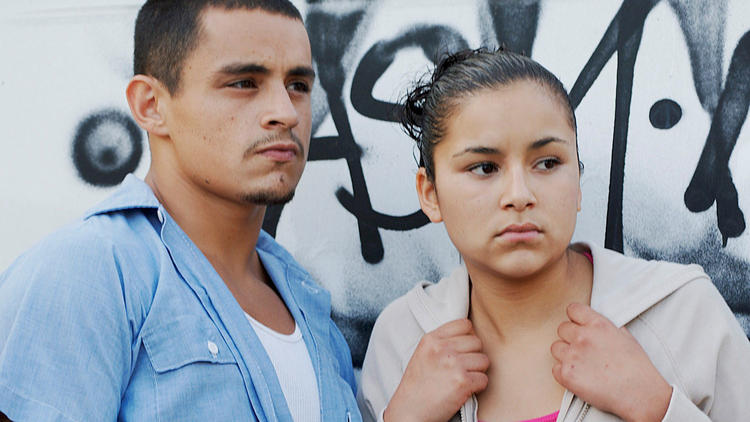
This is a small film with a lot on its mind, and it stays true to its modest roots all the way through. It's a Feel-Good Movie that you really can feel good about.
Happy 10th Birthday, Quinceanera! Remind us to throw you a huge party in five years. You'll surely be just as wonderful as when you first premiered.
 Thursday, March 24, 2016 at 4:30PM
Thursday, March 24, 2016 at 4:30PM 